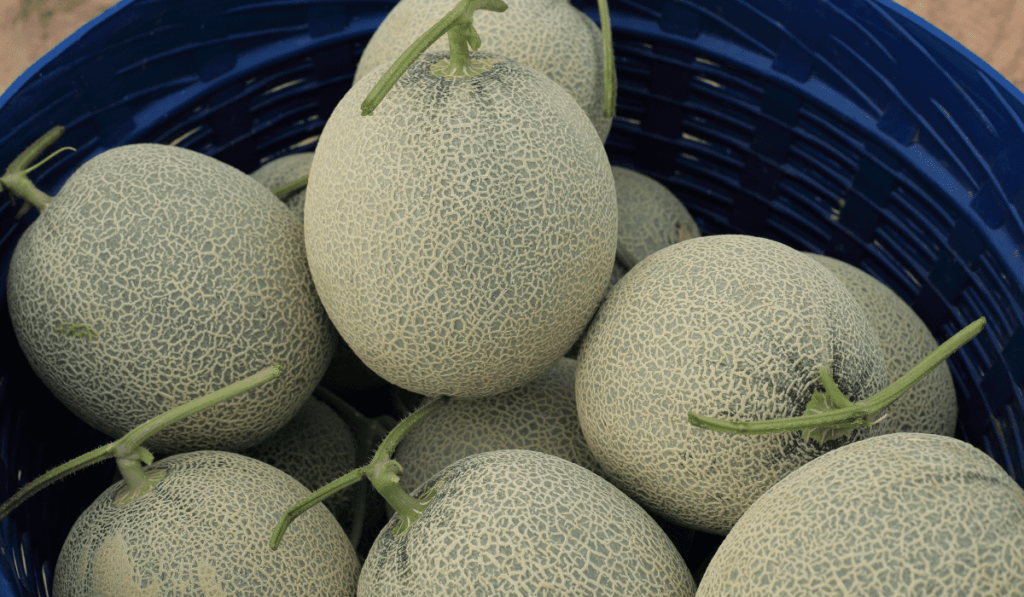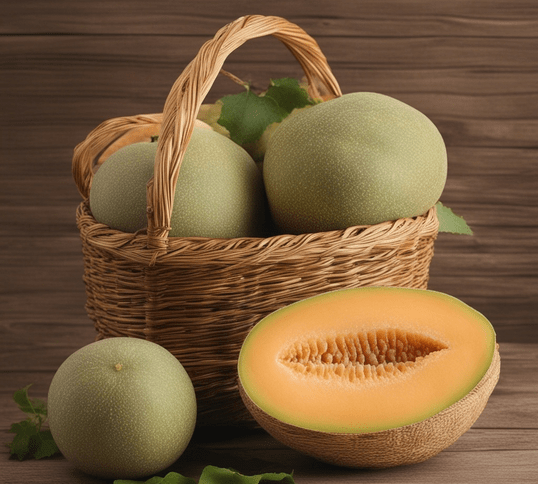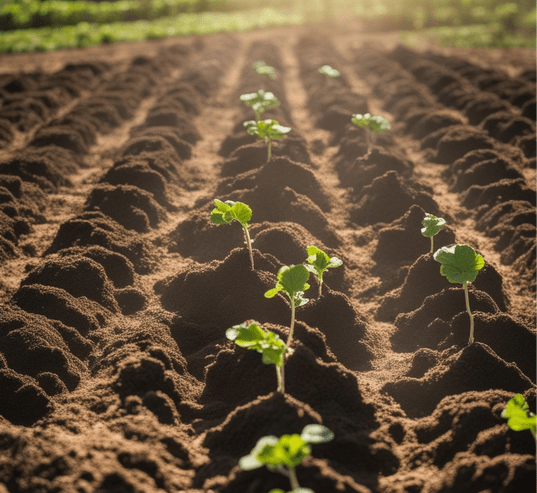Harvesting and storing cantaloupe properly is crucial to enjoy their freshness and flavor. In this guide, we’ll provide you with valuable tips on how to harvest and store cantaloupe to maximize their taste and shelf life. From recognizing the signs of ripeness to the best methods for preserving their sweetness, you’ll gain the knowledge you need to savor the deliciousness of freshly-picked cantaloupes long after they leave the vine. In this guide, we’ll walk you through the steps to harvest and store cantaloupe, ensuring you get the most out of your crop.
Harvesting Cantaloupe
Harvesting cantaloupes at the right time is essential for flavor and ripeness. Follow these steps for a successful harvest:
- Check for Maturity: Look for signs of maturity, such as a change in color. A ripe cantaloupe will have a creamy, beige or golden background color under the netting, depending on the variety. The netting should be well-defined.
- Smell the Aroma: A ripe cantaloupe will have a sweet, fragrant smell at the blossom end. If it smells fruity and pleasant, it’s ready to harvest.
- Press the Skin: Gently press your thumb against the skin near the stem end. If it gives slightly and feels slightly soft, it’s ripe. However, if it’s too soft or mushy, it’s overripe.
- Inspect the Stem: A ripe cantaloupe should have a clean, smooth stem scar without any green tinge. If the stem easily separates from the fruit with a twist, it’s ready for picking.
- Use Pruning Shears: To avoid damaging the vine, use clean pruning shears to cut the cantaloupe from the stem, leaving a short stem attached to the fruit.
Storing Cantaloupe
Proper storage after harvest is essential to keep cantaloupes fresh and flavorful. Here’s how to store them:
- Room Temperature: If your cantaloupes are not fully ripe when harvested, leave them at room temperature for a few days to ripen. Placing them in a paper bag can speed up the process.
- Refrigeration: Once ripe, store cantaloupes in the refrigerator at temperatures between 32°F to 40°F (0°C to 4°C). Use a produce drawer or a plastic bag with ventilation holes to prevent ethylene buildup.
- Separation: Keep cantaloupes away from ethylene-producing fruits like apples, bananas, and avocados, as it can cause premature ripening and affect their flavor.
- Whole Cantaloupes: If you have a whole cantaloupe and want to preserve it, you can wrap it in plastic wrap or aluminum foil before refrigerating. This can help maintain its freshness.
- Cut Cantaloupes: If you’ve cut a cantaloupe, cover the exposed flesh with plastic wrap or place it in an airtight container before refrigerating. Consume it within a few days for the best quality.
- Check for Freshness: Before consuming, check the cantaloupe for any signs of spoilage, such as an off-putting odor, mold, or excessive softness. If any of these are present, discard the fruit.
Tips:
- Cantaloupes are best when eaten fresh, so try to consume them within a few days of ripening.
- To enhance the taste, serve chilled cantaloupe slices or cubes.
- Frozen cantaloupe cubes can be a refreshing addition to smoothies.
- Cantaloupe can be a versatile ingredient in both sweet and savory dishes.
By following these harvesting and storage guidelines, you can savor the delicious taste of freshly picked cantaloupes and enjoy their natural sweetness.



